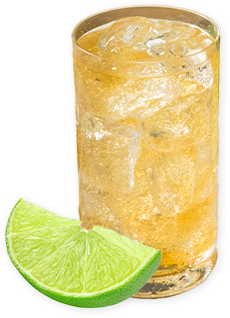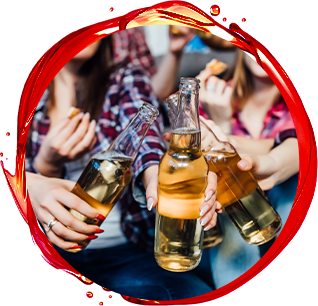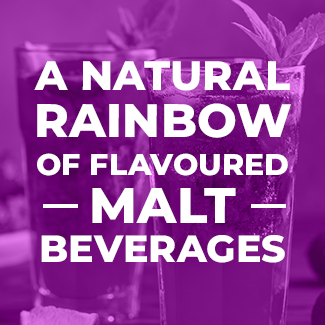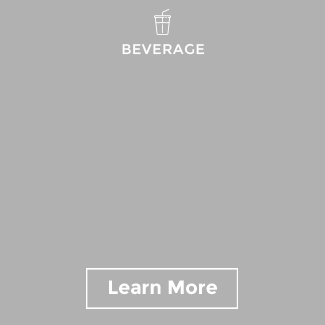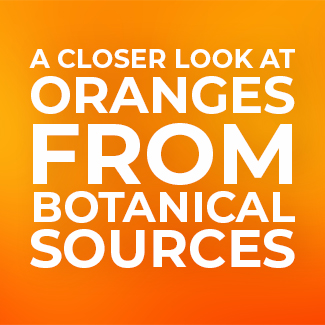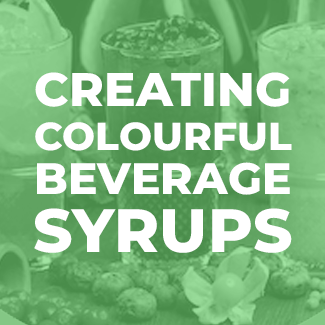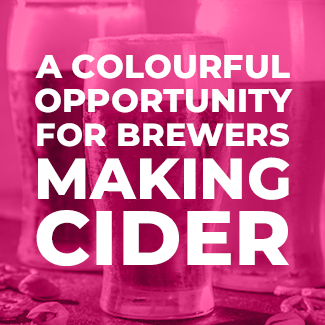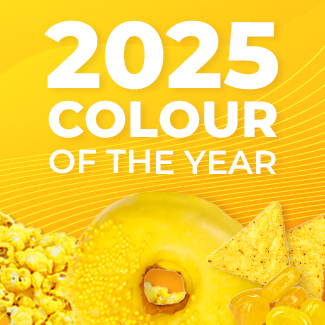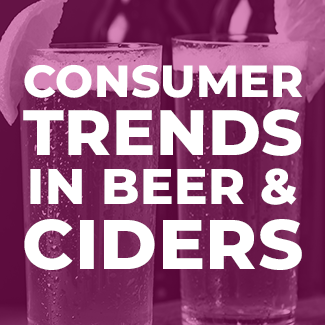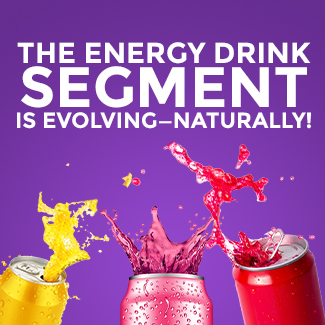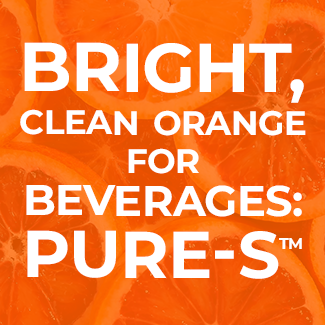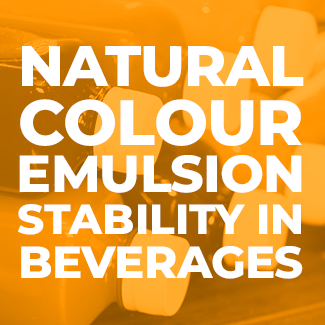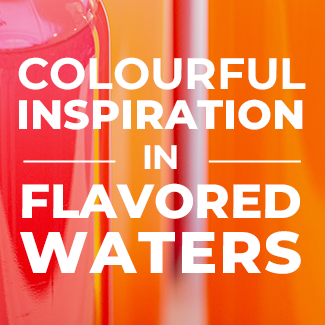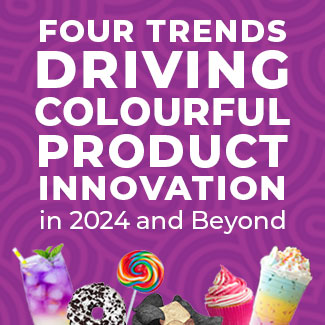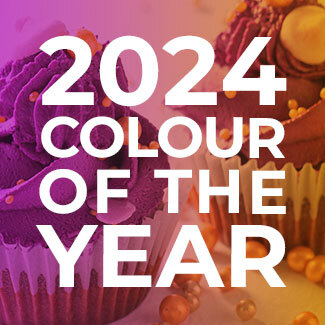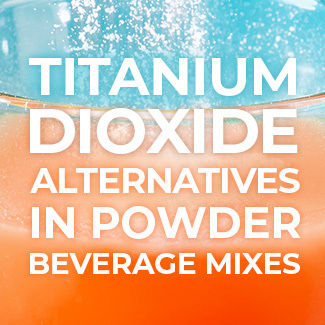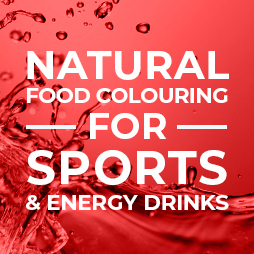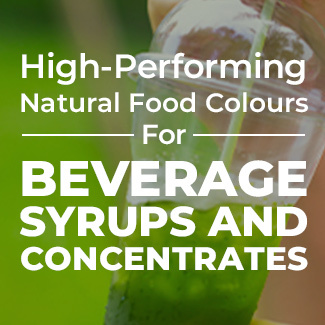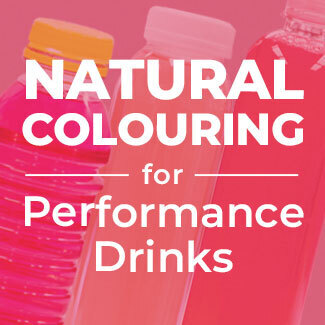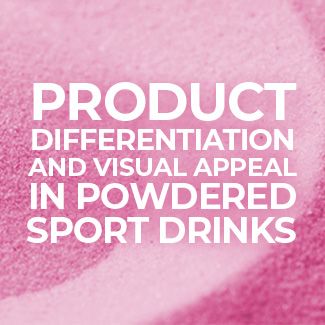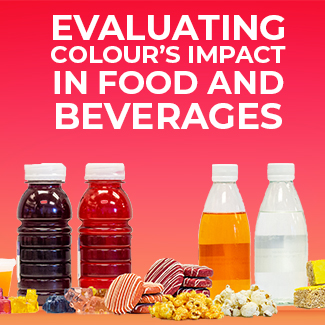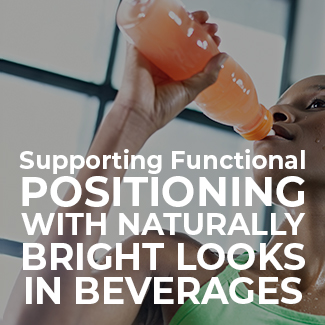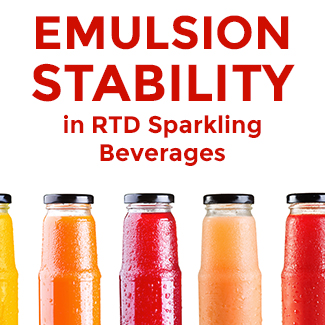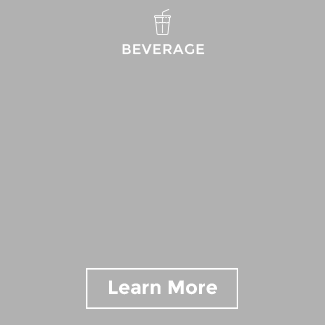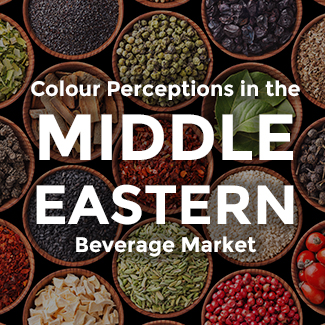Colourful Development in Cocktails, Hard Seltzers, and Low-Alcoholic Drinks
The drinking landscape evolves and consumers increasingly shift their interest from more formal to more casual alcoholic beverage occasions. Mealtimes become less prominent, snacking is on the rise, and young European adults are lowering their alcohol consumption, often choosing low alcohol options to be their favorite drink.
69% of German Gen Zs say they do not drink or have reduced their alcohol consumption in the past 12 months, one fifth more compared to Generation X, where ‘only’ half of them say to have reduced or not consumed at all alcohol in the past year (Mintel, 2023). This affects new product development and today’s beverage segments start to blur: non-alcoholic and juice-type drinks become more sophisticated in flavour, texture and function, and innovation in alcoholic drinks becomes more colourful.
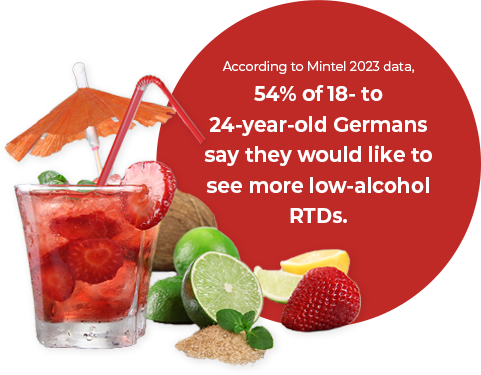
Colourful and Natural Stand-Out on Shelf
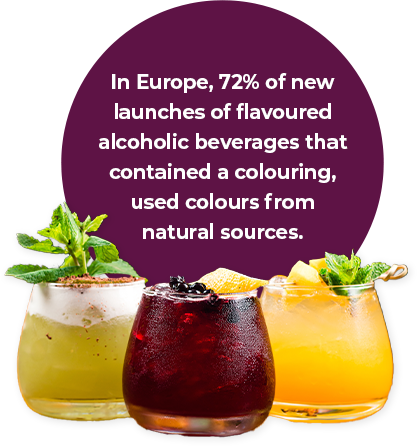
Major trends like health-consciousness, environmental awareness, and the desire for innovative experiences is an intriguing combination to influence alcoholic beverage innovation.
Brands have always leveraged visual appearance of products for shelf-stand out, consumption in fancy glasses, or cocktail mixing for special occasions. In the past, alcoholic drink manufacturers often relied on synthetic colours to make their product appeal to the crowd. With the shift to natural ingredients across the food and beverage industries, product developers increasingly look out to reformulate their recipes with natural ingredients.
In fact, in 2023 around 59% of the launches that contained a colouring used natural colours, and 25% were already utilizing colouring foods, as Mintel reports.
Product developers look to find ways to reach stunning, social-media compatible visual appeal with natural colours. Tapping into the expanding low-alcohol category with natural colours that appeal both the yes and a health-conscious taste preference. Aiming to achieve specific target hues in the beverage, factors like alcohol content, light exposure, packaging type, and shelf life needs to be considered.
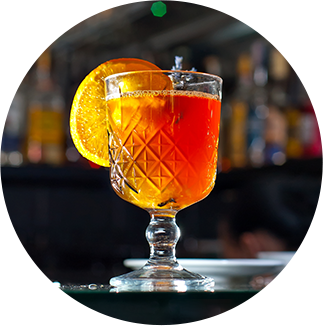
Winning Colour Solutions
In low-alcoholic beverages, such as ready-to-drink cocktails, and hard seltzers, the interaction between the colouring and other ingredients is an important consideration. Of course, Sensient’s technical experts certainly would always select colours that are light stable, water soluble, and that perform well in low pH beverages with a certain degree of alcohol content. Yet in fact, the percent alcohol content as such has a strong influence on the stability of emulsions. Hence it would be ideal to confirm colour performance and stability in the specific base of interest, so that our technical experts could pick from an optimally validated colour selection.
To get inspired, let’s take a look at some trendy and colourful options…
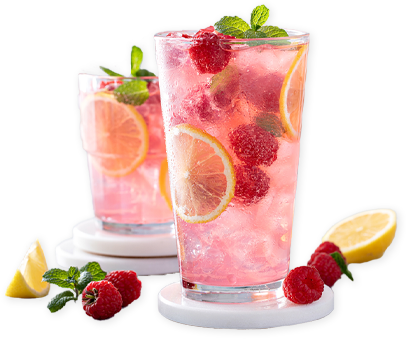
Natural Pink for Summer Vibes
Summer is the season to get together and socialize. And a refreshing drink is the best way to complement a perfect summer day. To achieve the right colour hues for spring and summertime beverage flavours like rhubarb, red berries, or watermelon, Anthocyanins are an optimal solution. Anthocyanins benefit from being very stable at low pH and provide beautiful pink to light red shades in beverages. Are you interested in Sensient’s Pink Antho for your next drink innovation? Get a sample here.
Natural Brown for Sophisticated
Low-Alcoholic Drinks
For consumers, every occasion is a good occasion for a good drink. When asked, 88% of alcoholic drinks users in the UK say they have bought premium alcoholic drinks in the past year without any specific reason (Mintel 2024). To create the premium beverage look and feel, a sophisticated, deep brown look can make all the difference. Sensient’s Natural Brown is a platform of options to create a spectrum of natural brown shades from rich dark browns to a light-browns equivalent to a cream liquor-type colour shade. Being perfect alternatives to caramel colouring, the solutions are based on fruits and vegetables concentrates to best meet consumers’ naturalness needs.
‘All Natural’ Claims and Colouring for Hard Seltzers
A key target audience for hard seltzers often are younger generations. For the Gen Zs, naturalness is an extremely important factor in this segment. The popularity of ‘All-Natural Product’ claims is very visible in new product development. In fact, 50% of the new seltzers launches in 2023 in Europe appeared with an according concept and claim. The implication for developing formulations that only include natural ingredients affects the colour choice accordingly and should be considered with priority.
Citrus fruit flavours, such as Lime and Lemon, are trending in new seltzer launches. To achieve yellow shades that match these popular flavour profiles, Sensient’s Banana Yellow options can provide an optimal colour hue. Depending on the other ingredients in the formulation, as well as the selected colour solution as such, it can provide both transparent and cloudy yellow shades that range from light greenish to intense or more warm yellow tones.
To best match hard seltzer concepts circling around natural ingredients, Sensient’s Cardea Banana Yellow is the perfect match supporting ‘all-natural product’ launches. The Cardea range of colouring solutions is a product range designed to meet the most advanced clean label colouring needs. Due to the unique composition of recognisable natural ingredients the entire formulation is free of additives and preservatives. Thanks to the unique composition and the natural synergies of the ingredients, the Cardea™ products deliver stable bright shades in beverages.
Would you like to receive a sample of Sensient’s Cardea Banana Yellow? Or are you interested in our Cardea Cranberry Red that creates beautiful red to pinkish shades? Request a sample here.
Support for Perfect Beverage Colour Choices
We understand that switching from synthetic to natural colouring may be a challenge for product formulators, and the transition work may not always be smooth. Any new product development brief comes with its own challenges and factors to consider, and especially working with natural colouring, there are many factors that can influence the outcome.





